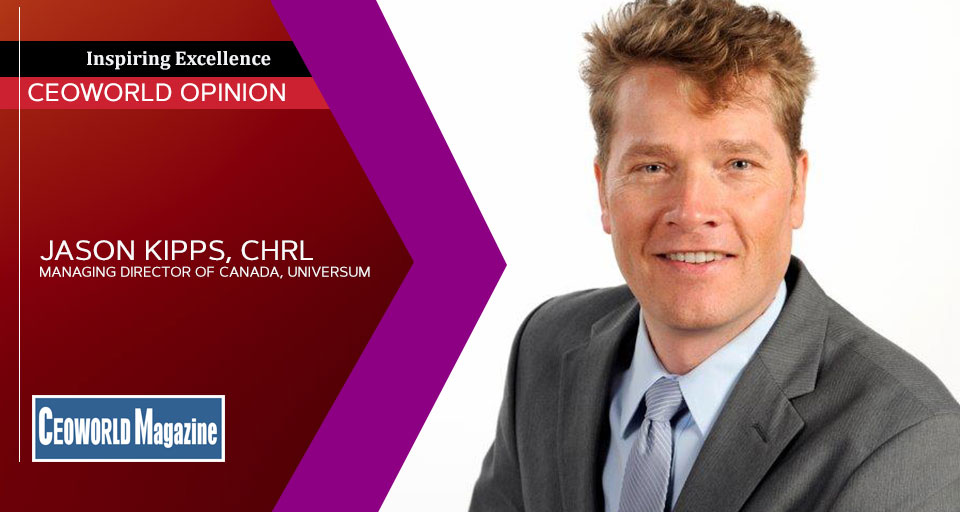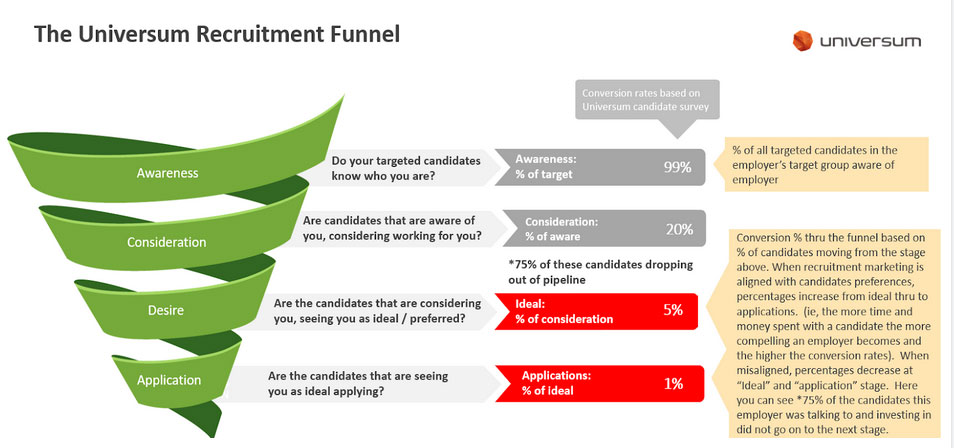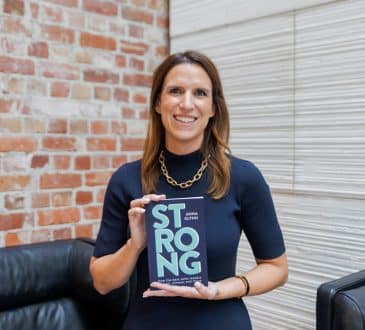Your Recruitment Funnel is Upside Down. Five Ways CEOs Can Change that Right Now.

- Do you remember the last time you were at a party or a social gathering and someone asked what you do for a living? (With Covid, this seems like a lifetime ago, but think back.)
- Do you remember describing your job and watching as they lost interest?
- What if you could pinpoint and measure the moment their attention waned?
- Would you talk about your work differently? Good news: you can do this with recruiting.
- This article is part of CEOWORLD magazine’s ongoing series on C-Suite Agenda.
- Visit CEOWORLD magazine’s homepage for more stories.
Universum operates the largest career preference survey in the world. As a result, we connect with more than 1.7 million respondents in over 60 countries and many of the world’s biggest brands. Occasionally, we run across this issue with companies: they have a strong consumer brand with positive associations well known by their candidates but can’t convert this interest into applications.
Ideally, it would be best to have a talent pipeline filled with candidates who understand your brand and your business and who get increasingly more interested in working for you the more they learn about what you do. However, more awareness is not always ideal. Sometimes the more time and money companies spend on candidates, the less interested they become in applying. Often, this is because their communications focus on the wrong things. Rather than becoming a more attractive employer, these companies become less desirable to the candidates that are deeper in their pipeline. Their recruitment funnel is “upside down.”
This funnel represents the candidate pipeline for a well-known consumer packaged goods company that enjoys great awareness, so they have a large candidate pool to draw on. Consumers frequently associate this company with innovation and exciting products and services. Candidates enter this company’s pipeline with a positive image. They associate the company with a strong consumer brand and believe that employment there will offer an experience that is aligned with those positive associations (curtesy of the consumer branding team). At this stage, 99% of the company’s targeted talent are aware of the employer. Now enter the recruiter …
The reality is that this company’s recruiters, like most, have their own list of requirements. Without access to data and market research on what makes their candidates tick, and perhaps due in no small part to a lack of resources or lack of support from marketing or comms, the recruiters focus on filling vacancies with qualified applicants and talk about the aspects of the career that they guess will be most important to these candidates. If the company is early in the employer branding journey, they will probably focus on internal elements, like people and culture, because that is what they know best. While the recruiters of this company may be well positioned to describe these elements, the reality is that every recruiter in every company is also well positioned to describe these same attributes. Rather than differentiating themselves from their recruiting competitors as a unique and compelling employment opportunity, recruiters focused on filling vacancies end up painting a non-descript picture of their organization that is vague and looks just like every other employer.
As seen in their recruitment funnel, while the recruiters got 20% of the candidates they were targeting to consider working for them, 75% of those considering them “jumped ship” after they learned more. Without a data-driven approach, the result is that the more time, energy and money this company spends per candidate, the less and less compelling and differentiating they become as an employer. Only 5% of those considering this employer went on to identify them as an ideal or “preferred” employer. Unfortunately, this issue is far more common than you might think.
So, what do we do about it?
This is essentially the basics of employer branding, so the solution is highly influenced by the context and a range of factors. Here are some basics to consider that most people in recruitment and recruitment marketing should have at least some influence over:
- Get data. Understand what your targeted candidates want and what they think about you. If you can’t get influence or budget for research, make your organization aware that you are being forced to guess to help set appropriate expectations.
- Correct misconceptions. With the onset of virtual career fairs, you only have seconds to get this right. Identify any negative perceptions that need correcting.
- Focus your content, recruiters, LinkedIn page, career page, job descriptions, conversations, and whatever else you have influence over on the aspects of the career that your candidates tell you are the most important to them in their career decisions.
- Perfect your elevator pitch. Use data on your candidate’s preferences to understand which stories to tell. You only have about 30 seconds to convince the ideal candidate to apply. Practice your elevator pitch and get your team aligned around it like a rallying cry.
- Don’t dilute your message. Don’t be all things to all people. The more things you try to represent in your employer brand, the less compelling it will be. Use data to determine which aspects of your employer brand are helping and hurting you. Focus on what is working and work toward owning that position in the talent market.
Awareness is important, but having your candidates know you for the wrong reasons only makes things worse.
The first step in effective recruitment marketing and employer branding is to know what to say. Focus your communications on the career attributes that are true internally, compelling and differentiating for your targeted candidates. Incorporating the right data into your recruiting conversations will ensure that you won’t run the risk of boring your candidates. The most important factor is turning your funnel right side up so that your recruitment marketing investments produce a better ROI, and you have a better chance at filling those vacancies.
Written by Jason Kipps, CHRL.
Add CEOWORLD magazine to your Google News feed.
Follow CEOWORLD magazine headlines on: Google News, LinkedIn, Twitter, and Facebook.
This report/news/ranking/statistics has been prepared only for general guidance on matters of interest and does not constitute professional advice. You should not act upon the information contained in this publication without obtaining specific professional advice. No representation or warranty (express or implied) is given as to the accuracy or completeness of the information contained in this publication, and, to the extent permitted by law, CEOWORLD magazine does not accept or assume any liability, responsibility or duty of care for any consequences of you or anyone else acting, or refraining to act, in reliance on the information contained in this publication or for any decision based on it.
Copyright 2024 The CEOWORLD magazine. All rights reserved. This material (and any extract from it) must not be copied, redistributed or placed on any website, without CEOWORLD magazine' prior written consent. For media queries, please contact: info@ceoworld.biz
SUBSCRIBE NEWSLETTER









